The top 20 voices in construction you should follow on LinkedIn
The construction industry is constantly evolving, and forward-thinking industry leaders and experts are sharing insights into new and emerging...
2 min read
 Rick Kennedy
:
Sep 13, 2021 6:00:00 AM
Rick Kennedy
:
Sep 13, 2021 6:00:00 AM

One of the fundamental tenets of Last Planner System® (LPS) is the ability for the team to congregate in a room and discuss challenges, make commitments and decide on strategies. Using analog tools like sticky notes and LPS templates mounted on trailer walls has been amazingly effective. But practitioners of LPS have been incredibly challenged these past 18 months of the COVID-19 pandemic with adapting to the limited opportunities to gather in person.
Consequently, many organizations have transitioned to digital solutions to conduct sessions from home offices or have found other ways to mitigate the COVID-19 challenges (for example, by limiting the number of people in meeting spaces). The result of many of these experiments has been far from ideal, as the adaptations impact the engagement principles of LPS. Technology can assist in this process, but fully transitioning to digital-only can risk losing some of the subtle but critical practices that are integral to LPS.
For example, creating and physically placing a tag on a wall creates a sense of ownership of the activity. Negotiating and making decisions while respecting the needs of others creates mutual trust. The collective knowledge of the team, openly shared, can result in better overall results. The ability to see one’s own activities in the context of the plan can add insight and lead to alignment.
There’s no question – digital Last Planner systems can provide an effective solution for collaboration among distributed teams if there is no other option. But often missing from this scenario is the face-to-face emotive discussion, promise-making and commitments that are made while team members are standing at a large sticky-note wall reviewing the plan.
Team collaboration when everyone is on their own laptop or tablet is no substitute for everyone being able to work together on the plan laid out for all to see on a trailer wall. That said, it’s much preferred to not being able to see the wall of analog sticky notes at all.
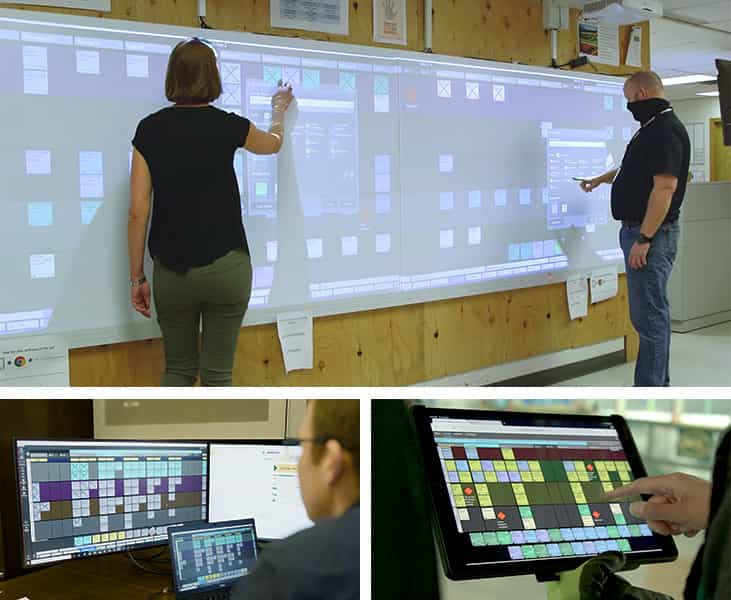
So, with all these caveats and concerns, what’s an LPS devotee to do when conditions are less than ideal for full face-to-face engagement? Is there a hybrid mode, something that brings out and leverages the best of the mode of working?
As many companies have learned during the pandemic, interactive technology (e.g., walls, displays, whiteboards) combined with other technologies (e.g., Microsoft® Teams/Zoom, room audio, digital planner tools) can be effective in unlocking value by enabling teams to optimize both in-room and remote coordination, and adapt easily as conditions evolve.
Are there process changes and adaptations required? More than likely adaptations are necessary to add a digital environment to proven analog methodologies. But the benefits of doing so are compelling.
As a concrete example, a general contractor managing a major hospital project estimates that the time-saving in moving from a strictly analog process to a digital system that retains key analog system features is in the 50% range. He also estimates a 30% improvement for in-room digital over distributed planning.
There’s no question that the pandemic presented challenges, but it also brought opportunity in the form of new outlooks and methodologies that can serve us well in the future. It is evident that the challenges of planning in a distributed team can be overcome using digital tools and techniques in conjunction with the best of analog LPS. While not as effective as face-to-face engagement in some ways, work has continued in a fully digital environment, and projects have been and are getting completed.
At some point in the foreseeable future, the pandemic will recede in the rearview mirror, and everyone in the LPS world will have an opportunity to work in the most preferred way. Retaining all the best aspects of analog while moving forward with digital solutions holds the key to real process and productivity improvement.
Discover the digital pull planning tool that keeps conversations going and projects on track. When you use Nialli™ Visual Planner, you get the best of both analog and digital, with innovative technology that leverages familiar processes.
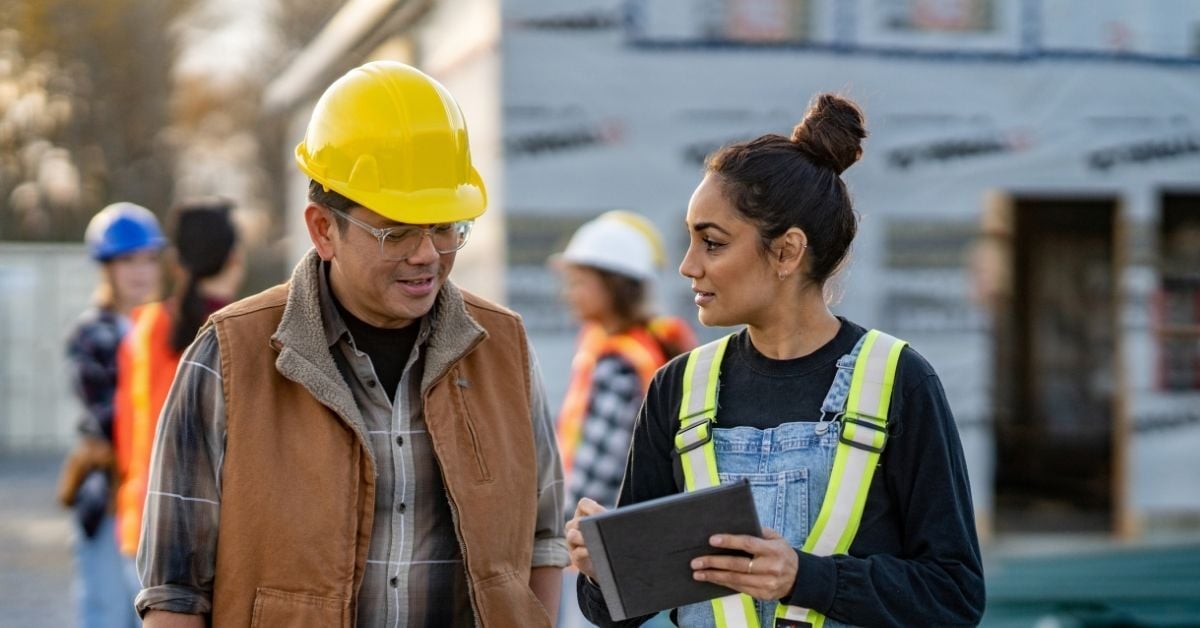
The construction industry is constantly evolving, and forward-thinking industry leaders and experts are sharing insights into new and emerging...
.png)
Planning sessions with site teams are crucial for setting the foundation of any project. Hosting your first digital planning session with Nialli™...
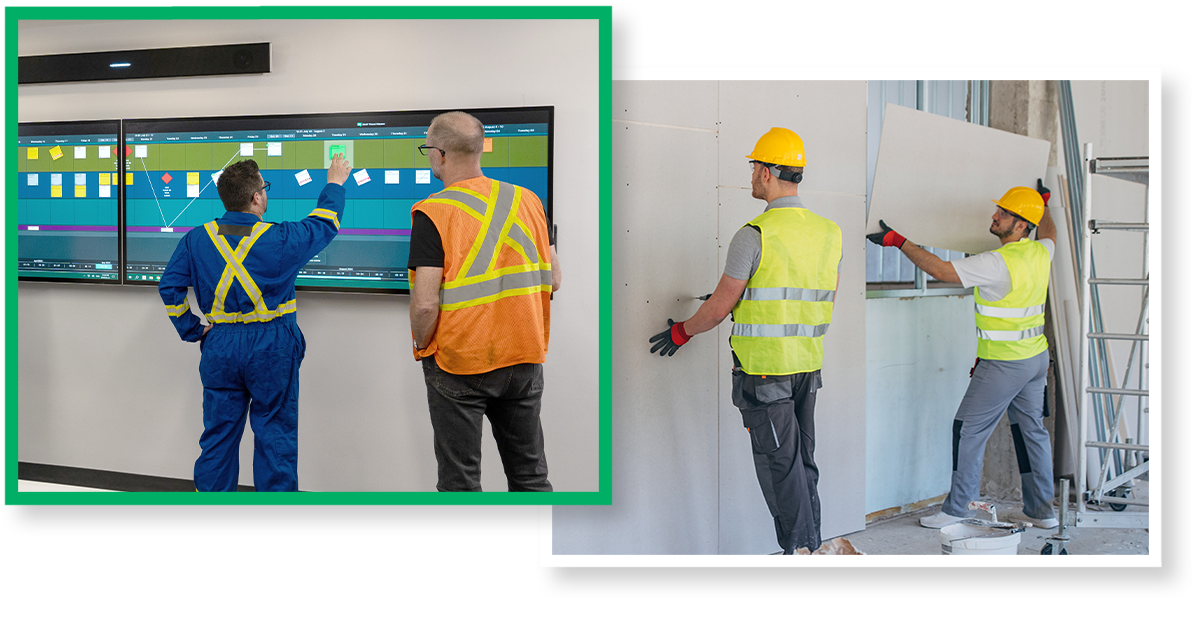
Having a plan everyone on the jobsite can understand is a critical ingredient for project success. But even with modern tools, many teams find...
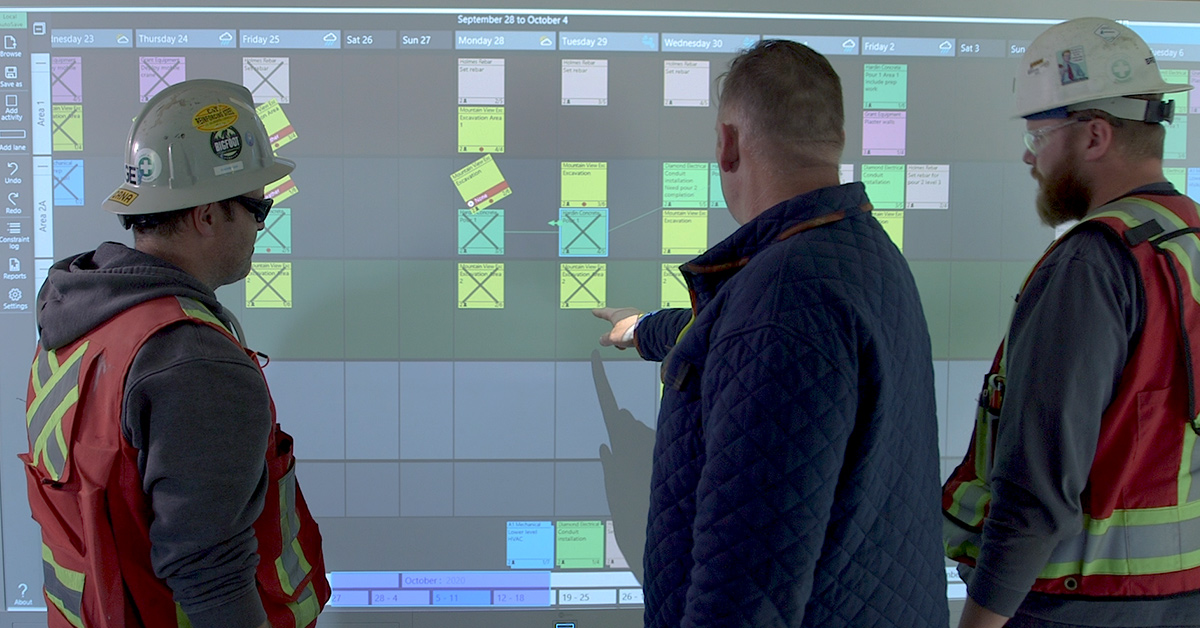
The Last Planner System® (LPS) was first developed in the ’90s by Glenn Ballard and Greg Howell. Many practitioners have implemented LPS using analog...
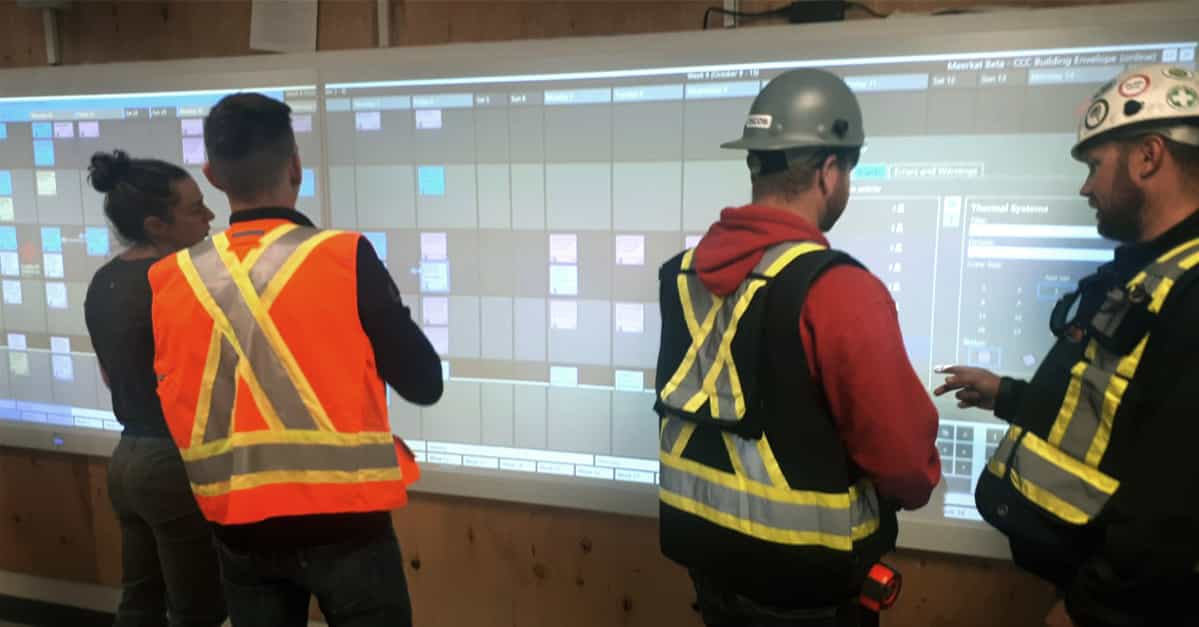
The Last Planner System®, using sticky notes and analog boards, has been proven to be a incredibly effective method of managing construction...
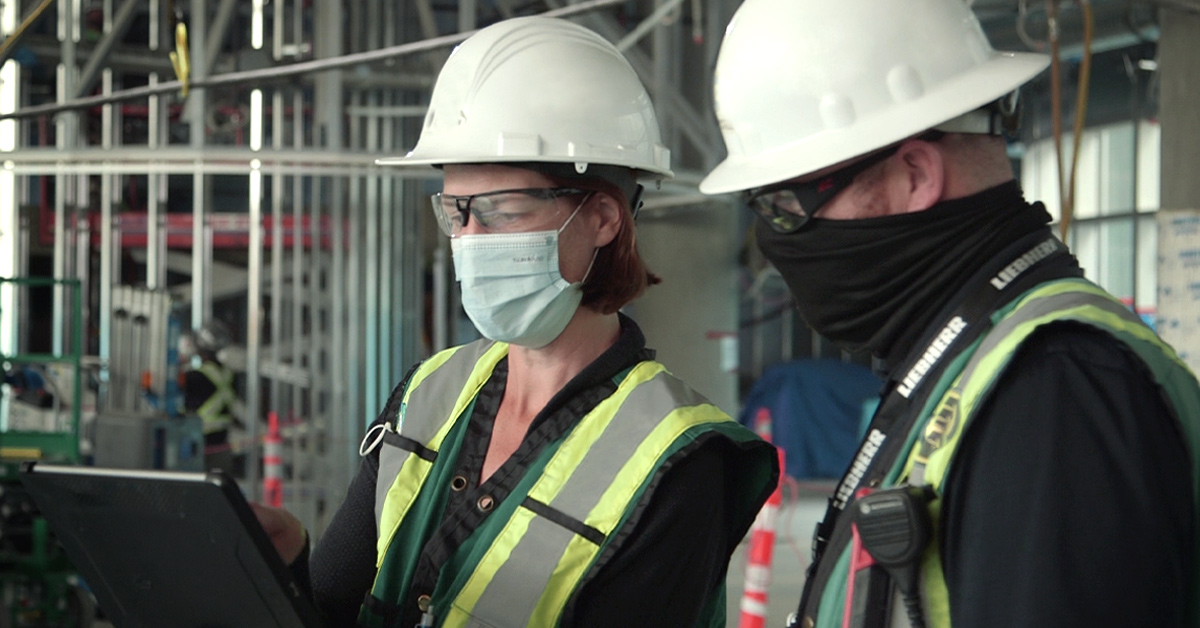
1 min read
As so many practitioners know, implementation of the Last Planner System® (LPS) can lead to various benefits for a construction project, including...